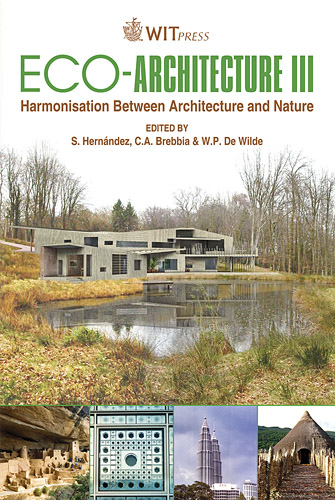Editing Eisenhower: Rethinking The Urban Segments Of The U.S. Interstate Highway System
Price
Free (open access)
Transaction
Volume
128
Pages
12
Page Range
375 - 386
Published
2010
Size
2,177 kb
Paper DOI
10.2495/ARC100321
Copyright
WIT Press
Author(s)
T. Shelton
Abstract
Almost since the passage of the Federal-Aid Highway Act of 1956 (commonly known as the National Interstate and Defense Highways Act) the urban segments of the Eisenhower Interstate Highway System have been controversial. Flashpoints for protests and tools for radical reshaping of the urban fabric, over the last half century the urban sections of the system have had a profound social, environmental, and structural impact on numerous American cities. Today the greening of the American city is a linchpin of a sustainable global future. As we look for ways to retrofit U.S. cities with green infrastructures, the elimination of urban interstate segments could create intriguing sites for these developments within the otherwise crowded and difficult urban landscape. Editing Eisenhower explores this possibility. Through an analysis of urban interstate typologies, candidate cities are identified. One city is then investigated in detail with attention given to each of the various conditions of interstate/urban interface encountered along the spine of the right-of-way. For each condition, strategies are suggested for the placement and integration of new green infrastructure. Through a series of diagrammatic studies possibilities for reshaping each condition are presented. In this way, the urban segments of the Eisenhower System are seen as having played an unexpected role in the development of the American city – that of placeholder within the urban fabric for infrastructures unimaginable at the time of their construction. Keywords: urban, infrastructure, highways, sustainability, retrofitting.
Keywords
urban, infrastructure, highways, sustainability, retrofitting





